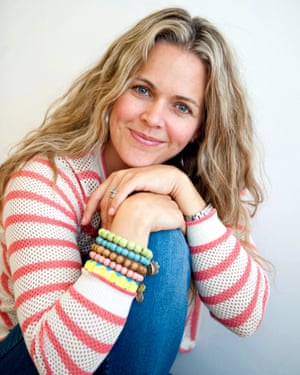One in four babies born in the UK are not receiving mandatory checkups from health visitors during the first two years of their life.
A fifth of babies do not receive the recommended reviews after they turn one, and one in four miss out at the age of two, according to the government’s commission on social mobility.
Health visitors, responsible for assessing a child’s early years development, are supposed to carry out checks straight after birth, at six to eight weeks, at one year and then at between two and two-and-a-half years.
However, the commission found that one in five children had not received the mandatory 12-month check by the time they reached 15 months old.
London children were the least likely to receive the right number of health visits, the report found, with fewer than half receiving the final two checkups.
A survey of parents found that the vast majority wanted the health visits to continue, with just 5% saying they did not feel they required advice during their first six months as a parent.
“Despite the conventional wisdom that parents fear interference from the ‘nanny state’, in reality many say that they welcome advice in the early years of their child’s life,” the commission said.
It said it was concerning that one in four two-year-olds did not have their health and education needs reviewed by a professional. “Despite this being a crucial period for families, there is still too little support for parents in the earliest stage of their child’s life. With the socioeconomic gap in outcomes emerging early, providing support to parents at this point could reap dividends for social mobility later on in life.”
The Conservative party’s 2010 manifesto included a key pledge to increase the number of health visitors. NHS Digital figures show the number of full-time or equivalent health visitors in England fell by almost 1,000 between October 2015 and August 2016.
In December a survey of health visitors by the Institute of Health Visiting found that 85% of respondents felt their workload had increased in the last two years. Some were having to look after between 500 and 1,000 children, when the maximum recommended is 250.
Labour said the commission’s figures showed the government was failing to invest in early years support. Emma Lewell-Buck, the shadow minister for children and families, said: “Becoming a parent for the first time is an exciting but scary time and it is shocking that not all parents are getting the support they need.
“The Tories promised more health visitors by taking away money from Sure Start Centres. Six years later we have lost over 700 centres and we are still waiting for the health visitors. The Tories have completely failed to invest these crucial early years.”
A spokesperson for Public Health England said: “Ensuring every child has the best start in life is one of our key priorities. We are supporting local authorities in commissioning services that support families and provide early help when needed.
“We are also working with councils to give health visitors professional guidance and leadership, as well as evidence of what works, to help them meet their public health responsibilities.”
The commission also said parents were finding it more difficult to access local children’s centre services, citing a 2015 survey which found more than 60% of children’s centre managers said they were cutting back on services to meet their budgets.
Government figures in December revealed that 156 Sure Start children’s centres had closed in England in 2015, almost double the number in the previous year.
One in four UK babies miss out on health visitor checks

